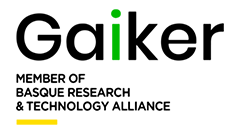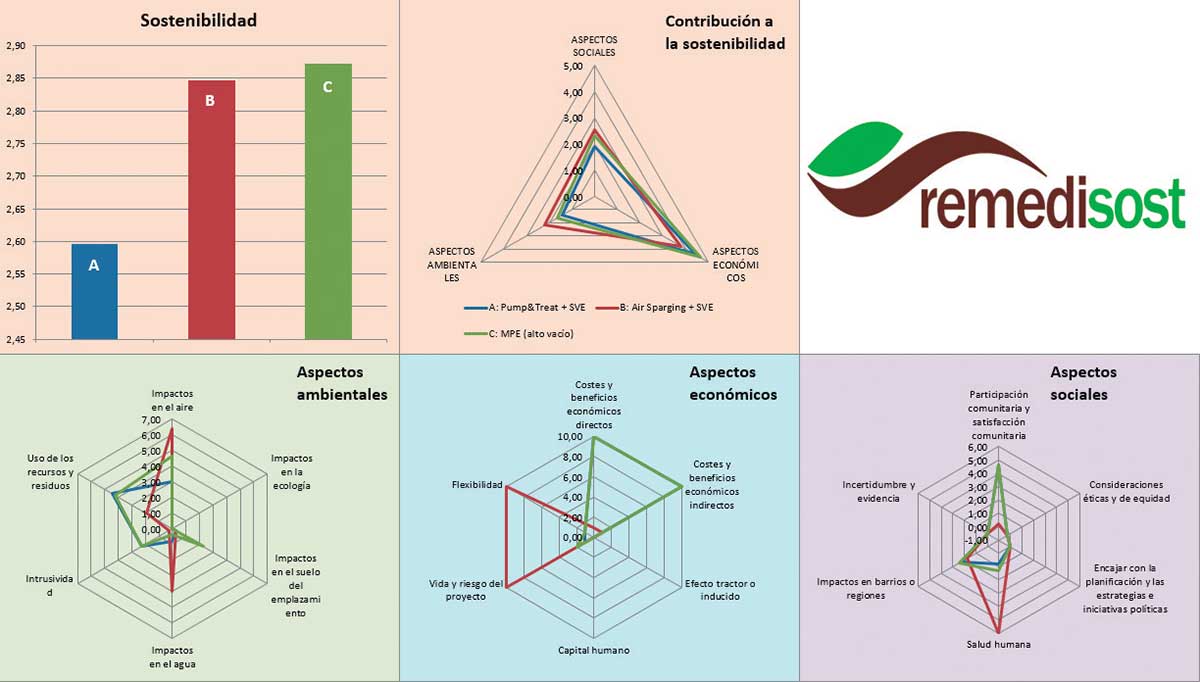REMEDISOST
SUSTAINABLE PLANS FOR CONTAMINATED SOIL REMEDIATION
SELECTING THE APPROPRIATE ENVIRONMENTAL RECOVERY TECHNOLOGY FOR CONTAMINATED soil is a key aspect for soil remediation. Law 4/2015 on the prevention and remediation of contaminated soil sets forth the control and assessment requirements for soil quality to be implemented to guarantee soil protection and use, and the measures for its recovery. Article 1 establishes the need for a detailed soil quality investigation in soils posing an unacceptable risk, and demands recovery alternatives are studied, including technical, environmental, economic or other relevant issues for reuse of contaminated soil. No methodologies of this type are currently available in the Basque Country to meet this demand.
GAIKER Technology Centre is leading REMEDISOST, with the participation of the NEIKER Technology Centre, the leading waste management, soil treatment and demolition company AFESA, and BC3 (the Basque Centre for Climate Change).

DRIVING FACTOR


 OBJECTIVES
OBJECTIVES
- Develop a rigorous and reliable methodology to assess the sustainability of different contaminated soil remediation plans that technically allow a soil to be recovered from an initial situation of contamination to a final situation in accordance with its intended use.
- Control and prevent the transfer of impacts between life cycle stages and reduce impact generated taking into account the environmental, social and economic effect produced during the entire life of the remediation process, using a methodology that takes the entire Life Cycle into account.
- Conduct an analysis of soil-supported services provided by other ecosystems, and impact of the proposed remediation plans on them, and include these results in the impact assessment.
- Define an algorithm to calculate the sustainability index, develop a software tool to apply the methodology, and validate it through implementation in three case studies.
 RESULTS
RESULTS
- The REMEDISOST methodology was defined and a tool facilitating its application was developed as a pioneer in the Basque Country. It enables comparing the sustainability of different remediation plans and choosing the most appropriate in each case through evaluation of a set of environmental, economic and social impacts.
- The methodological approach and the methodology usefulness, usability and fields of application have been compared and analysed with the stakeholders.
- Raising awareness regarding the relevance of sustainability in the remediation of contaminated soils; disseminating practical and theoretical aspects of the methodology.
 CONCLUSIONS
CONCLUSIONS
- REMEDISOST has opened new lines of work for participating companies, such as the methodology validation in more practical cases which will allow the analysis model to be refined.
- An IT tool that facilitates the application of the methodology to its potential user organisations has been developed, incorporating functionalities such as multi-component analysis and geographic information systems, which is also innovative.
- REMEDISOST makes it possible to include the remediation of contaminated soils into the design and development of land-use plans.
ENVIRONMENTAL
TECHNICAL
ECONOMIC
COMMERCIAL
ON THE MARKET



